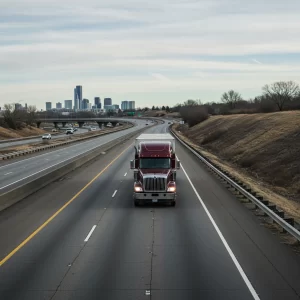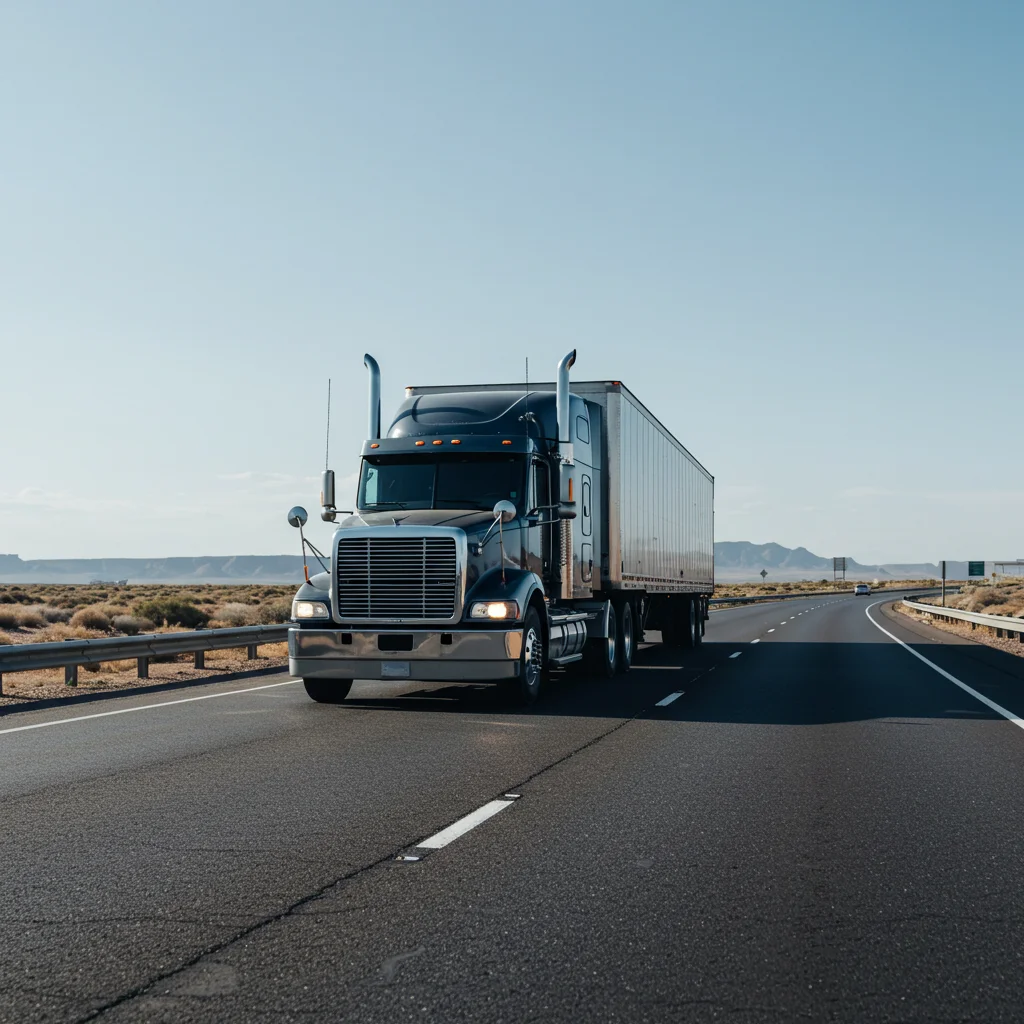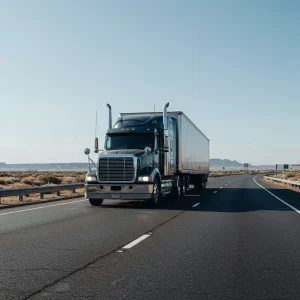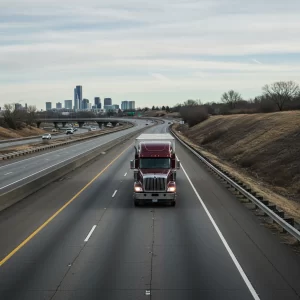
Can My Truck Be Impounded for Clean Truck Check Violations?
Can My Truck Be Impounded for Clean Truck Check Violations?
Submitting HD I/M OBD test results to the state requires a thorough understanding of the Clean Truck Check reporting process through CTC-VIS. The program ensures that diesel and alternative fuel vehicles with GVWR over 14,000 pounds, including commercial trucks, buses, motorcoaches, and hybrid heavy-duty vehicles, comply with CARB emissions standards. Fast and secure submission processes are essential to maintain regulatory compliance, and confirmation of compliance status is delivered via email. All eligible California-registered vehicles must comply, and out-of-state vehicles operating in California are also required to meet these standards. Periodic testing, whether semi-annual, annual, or quarterly for OBD-equipped vehicles, ensures emissions controls are functioning properly, and timely submission of results helps avoid penalties such as fines or registration holds.

The HD I/M OBD testing requirements are defined by CARB to monitor particulate matter (PM) and NOx emissions. Vehicles with engines from 2013 and newer equipped with On-Board Diagnostics (OBD) are subject to quarterly testing starting in 2027, while older vehicles without OBD systems undergo opacity testing and visual inspections. Certain vehicles, including zero-emission, historical, emergency, and military tactical vehicles, are exempt. Semi-annual testing applies to most heavy-duty diesel and alternative fuel vehicles, while annual testing is required for some agricultural vehicles and motorhomes. Compliance can be verified through the Clean Truck Check in El Cerrito,CA, ensuring that vehicles meet CARB thresholds, while failing vehicles must be repaired and re-tested before full compliance.
Vehicle owners and operators of diesel and alternative fuel vehicles with GVWR over 14,000 pounds must submit their HD I/M test results. This includes commercial trucks, transit and school buses, motorcoaches, motorhomes, hybrid heavy-duty vehicles, and single-vehicle fleets operating in California. All eligible California-registered vehicles must comply, including out-of-state vehicles operating in the state. Non-compliance may result in enforcement actions, fines, and registration holds. Vehicle owners can submit results directly, or credentialed HD I/M testers, fleet employees, or telematics service providers with CARB-compliant devices can perform submissions.
The Clean Truck Check program covers a wide range of vehicles, including diesel and alternative fuel engines, with a particular focus on commercial vehicles with GVWR over 14,000 pounds. OBD-equipped vehicles include engines 2013 MY and newer, while non-OBD vehicles include pre-2013 diesel or alternative fuel engines. Off-road engines, motorhomes, agricultural vehicles, and hybrid systems are also included depending on model year. Exemptions apply to zero-emission vehicles, emergency vehicles, military tactical vehicles, historical vehicles, vehicles with GVWR ≤14,000 pounds, and vehicles operating under experimental permits. Each vehicle must have periodic testing performed at CARB-authorized facilities to verify compliance with emissions standards.
Before submitting HD I/M results, vehicle owners must gather vehicle details, including VIN, engine model year, GVWR, engine type, and additional emissions-related details. Applicant information such as full name, email, phone, and entity type is also required. Test results can include OBD data from onboard computers, opacity testing results for older vehicles, and visual inspections of emissions control equipment. Using CTC-VIS guidance, Clean Truck Check in Arnold Heights,CA reporting ensures that all submissions meet state requirements. Confirmation of compliance status is provided via email, helping fleet managers track deadlines and avoid penalties.
The data collection and verification process for HD I/M OBD testing involves both hardware and software tools. OBD-equipped vehicles utilize CARB-compliant telematics dongles or scan tools to capture fault codes, VIN, engine run time, PM filter regeneration events, NOx emissions tracking, and diagnostic trouble codes (DTCs). Non-OBD vehicles require visual inspections and SAE J1667 opacity testing. Fleet managers must verify collected data, ensuring VIN accuracy, calibration identification, and proper ECU configuration. Periodic compliance testing ensures that engine emissions meet CARB thresholds and that freeze frame data and readiness statuses are accurate before submission through CTC-VIS.
Submissions require a combination of vehicle and applicant documentation. Vehicle details include VIN, engine serial number, engine family, engine model year, GVWR, emissions type, and OEM configurations. Applicants must provide full name, contact information, application type, and entity type. CARB-authorized HD I/M testers may submit results directly, while private owners may submit via the Clean Truck Check platform. Compliance fees, including $95 per vehicle, $75 per second and subsequent vehicles, and a $30.90 CARB fee, must be included with the submission. Proper documentation ensures accurate reporting and reduces the risk of non-compliance penalties.
To submit HD I/M OBD results, begin by logging into CTC-VIS and confirming vehicle enrollment. For OBD-equipped vehicles, data from telematics dongles or scan tools is collected, encrypted, and transmitted through the platform. Non-OBD vehicle results, including opacity testing and visual inspections, are submitted directly to CARB via email. The system verifies VIN, engine details, and compliance status. For fleets utilizing Clean Truck Check in Arlington,CA, the process ensures efficient verification. Confirmation of a successful submission is delivered via email, ensuring that fleet managers are aware of compliance. Deadlines are based on registration for California vehicles or VIN for out-of-state vehicles. Passing test submissions must be completed within 90 days of the designated compliance deadline.
Common mistakes include failing to collect complete OBD or opacity data, missing VIN or engine information, submitting after the compliance deadline, or using non-CARB-authorized devices. Failure to verify vehicle and applicant details, neglecting to pay required fees, or improperly formatting electronic submissions can also delay approval. Fleet managers must ensure that devices are enrolled and functional, security permissions are correctly assigned, and notifications are configured. Refusal of inspections or incomplete test submissions can trigger enforcement actions, including fines, registration holds, or penalties under the Clean Air Act. Accurate data, timely submission, and adherence to CTC-VIS guidance are critical to maintaining compliance.

Can My Truck Be Impounded for Clean Truck Check Violations?

Why Registration for Clean Truck Check is Mandatory

Clean Truck Check Penalties: What Happens If You Don’t Comply?

Understanding the Impact of Air Quality Rules on Older Diesel Trucks

Which Truck Types Are Subject to Clean Truck Check?

Why Pre-Emission Trucks Matter for California Regulations